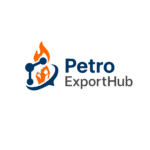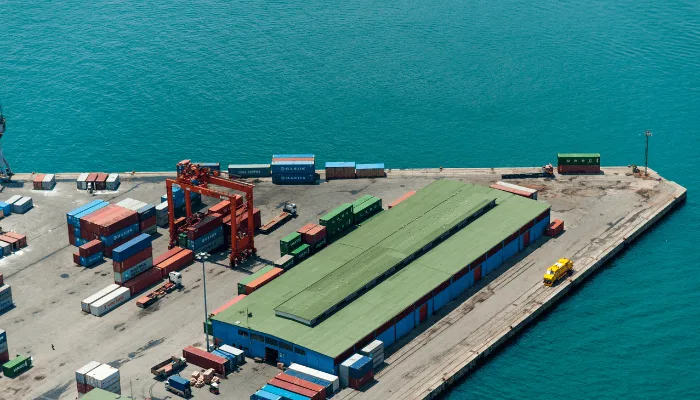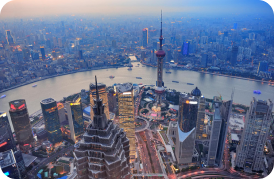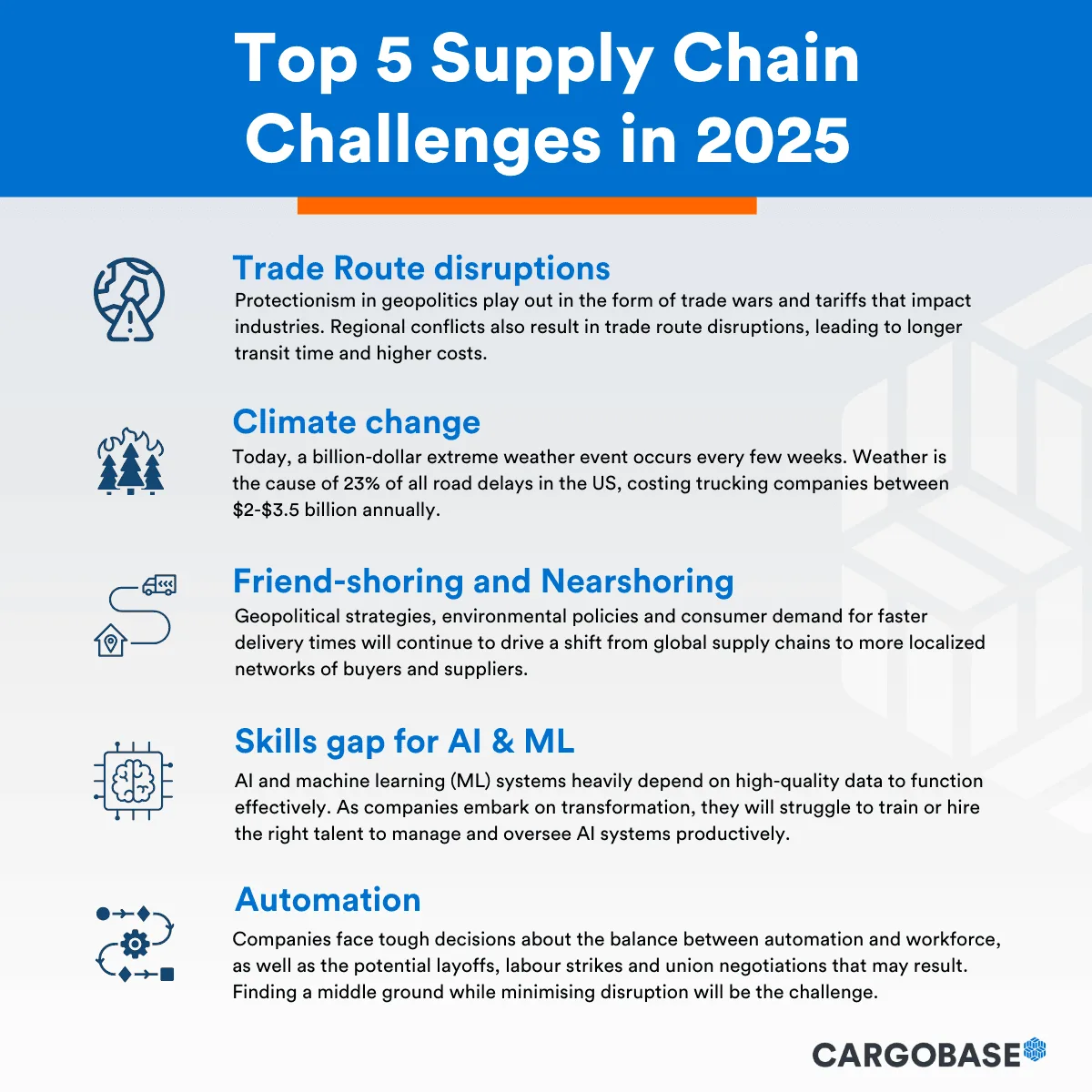
Supply Chain Challenges in PE100B Exports and How Exporters Overcome Them
The global demand for PE100B raw material is rising steadily, especially in pipeline, infrastructure, and industrial applications. However, exporters face significant supply chain challenges that directly impact PE100B export prices, delivery times, and reliability of supply. In this article, we will explore the major hurdles exporters face and the strategies they use to overcome them, ensuring steady access for international buyers.
Key Supply Chain Challenges in PE100B Exports
1. Freight and Logistics Costs
One of the biggest hurdles in PE100B exports is the rising cost of freight. Shipping bottlenecks, port congestion, and volatile fuel prices can drive up logistics expenses, making PE100B resin less competitive in certain regions.
Solution: Many exporters are now signing long-term freight agreements, diversifying shipping routes, and using digital freight tracking systems to manage costs more effectively.
2. Regulatory Compliance
Exporters must comply with strict regulatory standards in both Europe and Asia. Safety documentation, customs clearance, and compliance with product standards add complexity to the export process.
Solution: Leading PE100B suppliers invest in compliance expertise, hire local legal consultants, and ensure proper certification (REACH in Europe, environmental regulations in Asia) to streamline market entry.
3. Supply-Demand Imbalances
Fluctuations in global demand, combined with refinery shutdowns or raw material shortages, often lead to unstable PE100B export prices. Buyers in emerging markets such as Africa and South Asia are most vulnerable to these disruptions.
Solution: Exporters mitigate risks by diversifying buyer markets, holding buffer stocks, and building flexible supply agreements that account for market volatility.
4. Infrastructure Bottlenecks
Some exporters face challenges at loading terminals, storage facilities, and inland transport systems, which can delay shipments. For instance, limited port capacity often slows down bulk resin exports.
Solution: Investments in port partnerships, private storage facilities, and integrated logistics solutions help improve efficiency and reliability.
5. Currency and Payment Risks
Global trade in PE100B resin often involves currency fluctuations, delayed payments, or trade finance issues that can disrupt supply chains.
Solution: Exporters increasingly rely on forward contracts, secure payment mechanisms (LCs, escrow), and hedging strategies to reduce financial risks.
Strategies Exporters Use to Stay Competitive
Market Diversification: Expanding beyond traditional buyers in Asia to new markets in Africa and Latin America.
Digital Transformation: Using blockchain and AI tools for shipment tracking, demand forecasting, and supplier-buyer coordination.
Sustainability Practices: Meeting green standards and using eco-friendly logistics solutions to appeal to environmentally conscious buyers.
Closer Buyer Engagement: Providing transparent communication on shipment status, pricing, and potential delays to build trust.
Quick Overview: Challenges vs. Solutions
| Challenge | Impact on PE100B Exports | Exporter Solution |
|---|---|---|
| High freight costs | Increased PE100B export price | Long-term freight contracts, route flexibility |
| Regulatory compliance | Customs delays, fines | Certifications, compliance experts |
| Supply-demand imbalance | Price volatility | Diversified markets, flexible contracts |
| Infrastructure bottlenecks | Shipping delays | Port partnerships, private storage |
| Currency/payment risks | Financial instability | LCs, escrow, forward contracts |
conclusion
Exporting PE100B resin comes with multiple supply chain challenges, including high freight costs, regulatory hurdles, and currency risks. Buyers face the impact through higher PE100B export prices and potential shipment delays. Exporters are countering these issues with digital tools, diversified routes, and better compliance management. Strategic partnerships at ports and secure payment systems also help stabilize the market. As demand grows, overcoming supply chain bottlenecks will be the key to maintaining competitiveness.
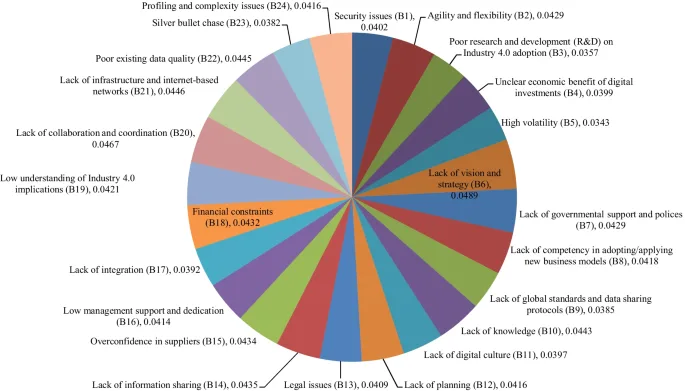
Compliance Matters: Certifications and local expertise are essential for entry into Europe and Asia.
Trust Factor: Transparent communication with buyers ensures stronger long-term relationships.
Logistics Impact: Freight costs remain the top driver of PE100B export price fluctuations.
Resilience Building: Exporters diversify markets and hold buffer stocks to manage volatility.
Would you be interested in PE100B suppliers in Iran ?
- Contact Us today and get connected with producers and export-ready logistics.
- sales@PetroExportHub.com

Related posts
Mono Ethylene Glycol (MEG) serves as a cornerstone for modern antifreeze and coolant formulations, offering reliable freezing protection and heat resi . . .
Explore Solvent 100’s specs, uses, and export opportunities from Iran. Ideal for paint, ink, and adhesive buyers in India, Turkey, UAE, and Africa. . . .
Explore everything you need to know about exporting sulphur from Iran in 2024 — including types, packaging, documents, ports, prices, and top import . . .
Explore Iran’s top ports for petrochemical exports, including Bandar Imam Khomeini, Assaluyeh, and Bandar Abbas. Compare infrastructure, accessibili . . .
Learn the key differences between polypropylene (PP) and polyethylene (PE), their applications, advantages, and how to choose the right polymer for yo . . .
Discover how a Turkish plastics manufacturer reduced costs by 22% through importing HDPE from Iran. Real-world case study by PetroExportHub. . . .
Learn why Iran is a leading exporter of polyethylene (PE). Discover grades, global applications, and how PetroExportHub connects buyers with top suppl . . .
We are here to answer your questions....
Petro Export Hub
PetroExportHub specializes in the export of premium-grade petrochemicals, minerals, and industrial chemicals from Iran, serving international markets with reliability, transparency, and tailored logistics solutions
Tehran Office
Phone:
0214865484 | +989127607241
Address:
Tehran..
China Office
TEL :
0211400
Address:
Zhongzhou Bie Lu, Zhongcheng Street, Yiwu City, Zhejiang Province, China
Quick Access
Quick Access
- Contact Our Sales Team
- Frequently Questions
- Shipping & Logistics
- Become a Partner
- Certificatins & Quality
